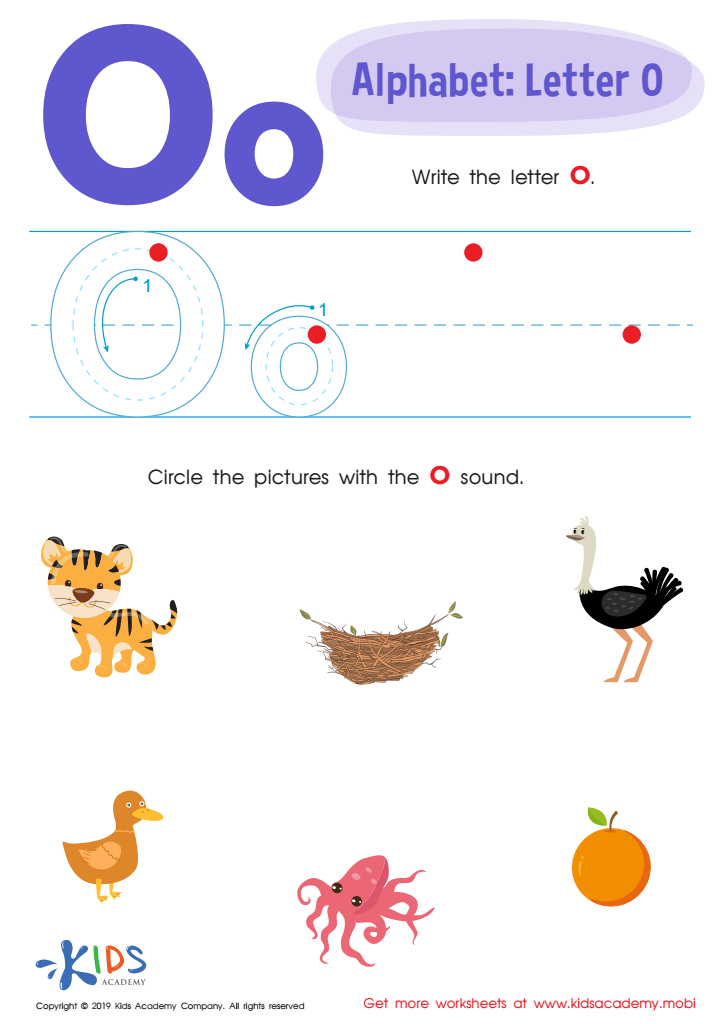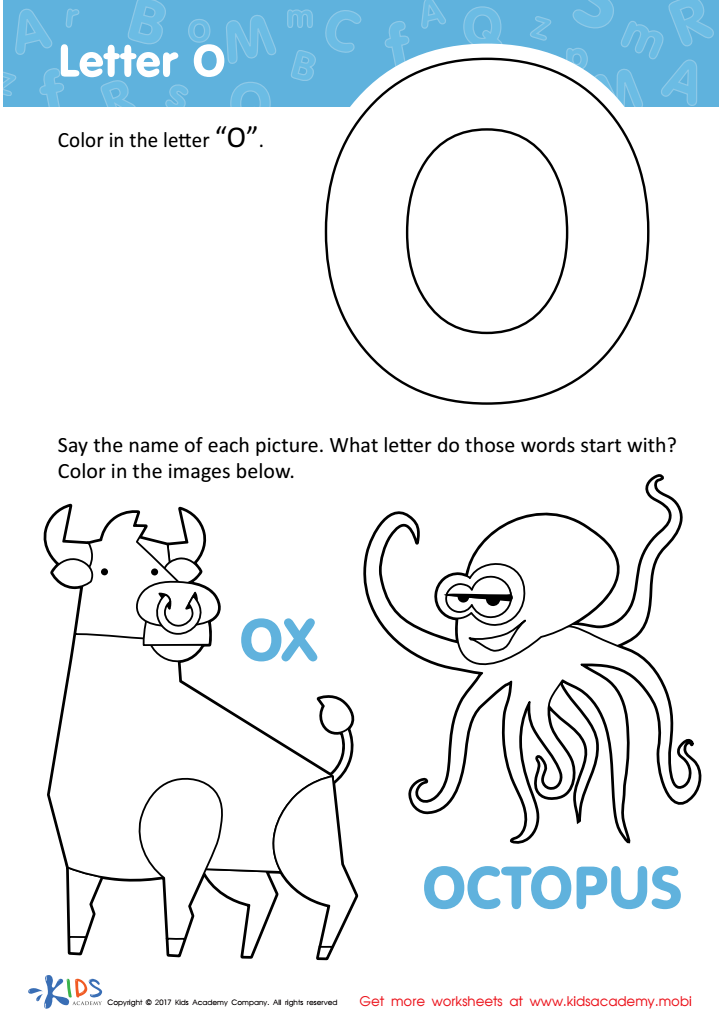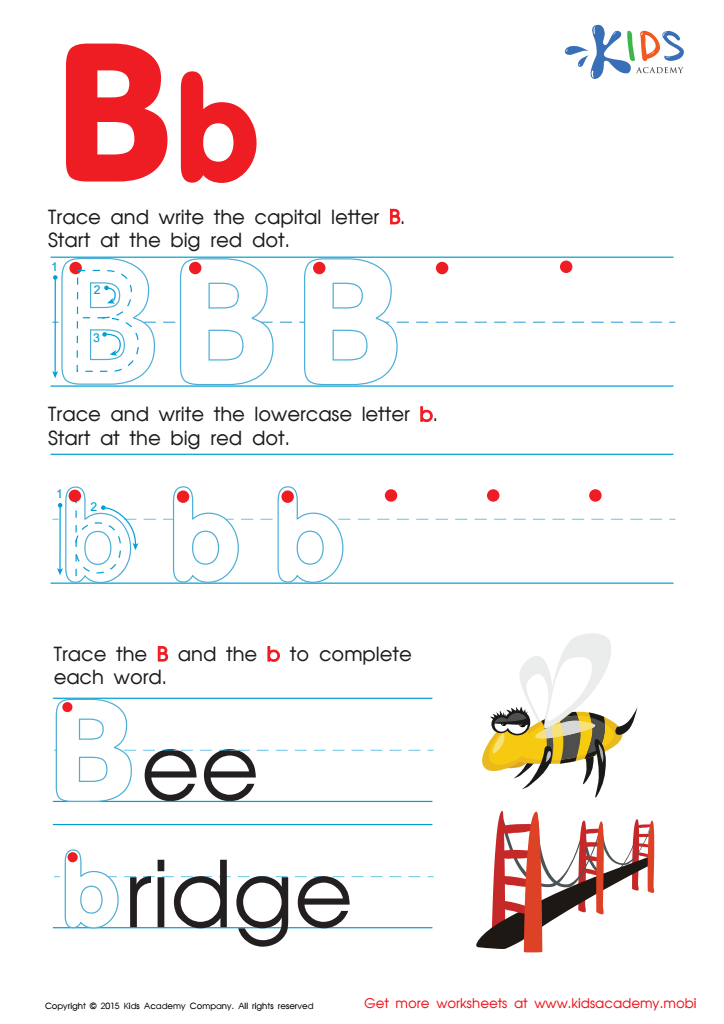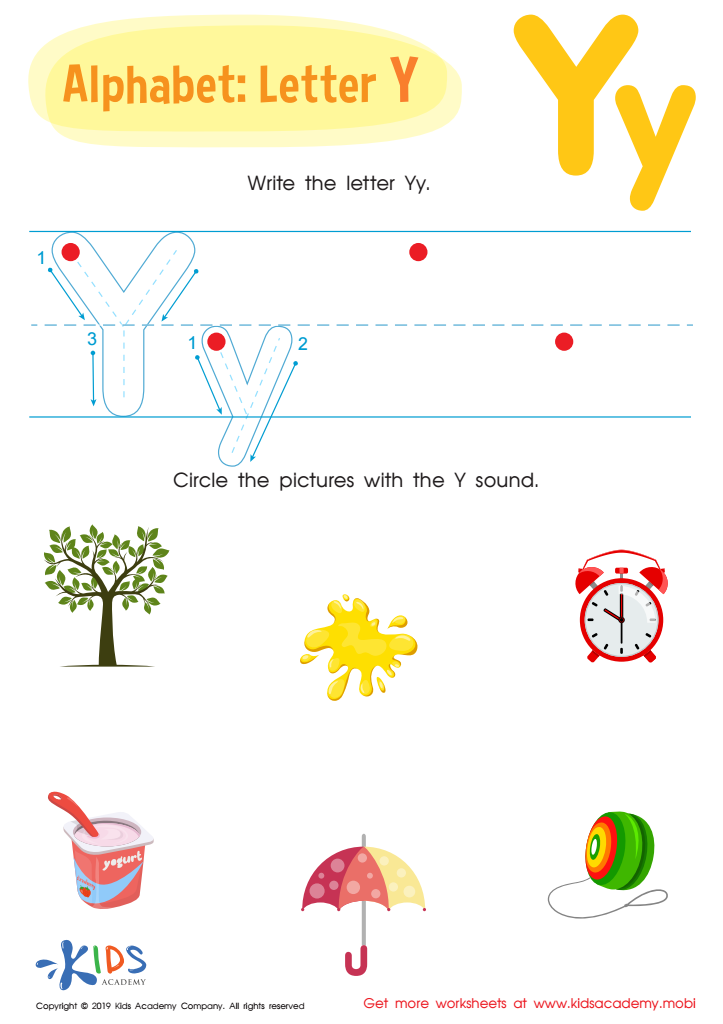Motor skills development Letter Recognition Worksheets for 9-Year-Olds
5 filtered results
-
From - To
Discover a fun and engaging way to boost motor skills and letter recognition for your 9-year-olds with our specialized worksheets! Designed to make learning enjoyable, these activities help children strengthen their fine motor skills while familiarizing themselves with the alphabet. Each worksheet combines creative exercises, such as tracing, matching, and coloring, that promote both skill development and cognitive understanding of letters. Perfect for parents and teachers, these resources aim to enhance literacy in an interactive way. Equip your child with the tools they need to succeed in reading and writing while honing their motor skills with our comprehensive collection today!


Letter H Tracing Page


Letter O Tracing Worksheet


Letter O Coloring Sheet


Letter B Tracing Page


Letter Y Tracing Worksheet
Motor skills development, particularly letter recognition, is crucial for 9-year-olds as it significantly impacts their literacy, communication abilities, and overall cognitive growth. At this age, students are often transitioning from learning to read to reading to learn. Proficient letter recognition forms the foundation for higher-level reading skills, enabling children to decode words and understand written concepts, which are vital for academic success.
Fine motor skills, such as the ability to write neatly, are also tied to letter recognition and literacy. As children practice writing letters, they reinforce their understanding of how letters correspond to sounds, which aids in both reading and spelling. Moreover, strong motor skills contribute to improved hand-eye coordination, allowing children to engage more confidently in classroom activities, from writing and drawing to participating in sports.
Parents and teachers should focus on these areas as nurturing motor skills and letter recognition at this age will foster a love of learning, boost self-esteem, and develop essential skills needed for future education. Additionally, recognizing any difficulties early on allows for timely intervention, ensuring children receive the support they need to thrive academically and socially. This holistic approach ultimately empowers children to become competent, confident learners.
 Assign to My Students
Assign to My Students




















